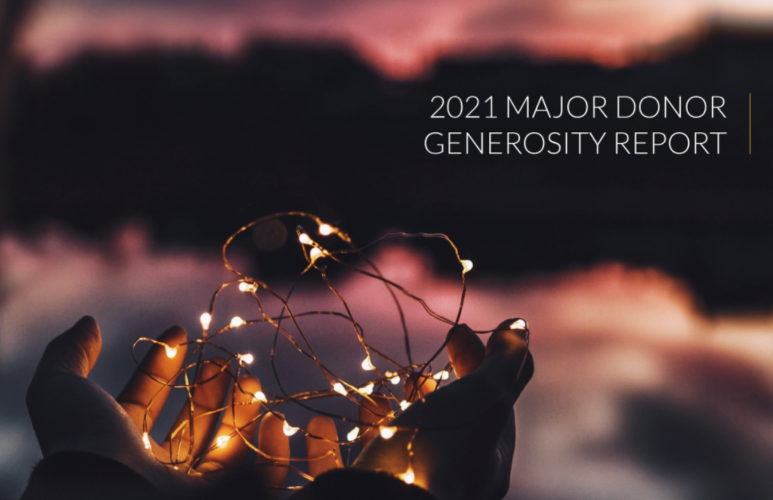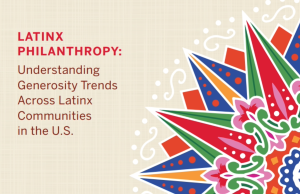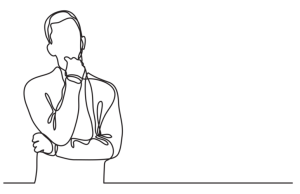Major donor giving jumped by 21% between 2019 and 2020, according to the Major Donor Generosity Report from Atlanta-based donor fundraising consultancy Westfall Gold. That’s not a ceiling. The report’s authors believe there are more potential major contributors within nonprofits’ donor files.
The jump in major donations was spurred, in part, by a robust stock market and strength in certain sectors of the U.S. economy despite higher unemployment and slowdowns due to the coronavirus pandemic. At fundraising events tracked by Westfall Gold, average major gift amounts jumped from $132,975 in 2019 to $162,437 in 2020.
“Major donors respond with greater generosity during market upturns, but their giving does not drop by the same magnitude during market downturns,” the report’s authors noted.
Westfall Gold analysis breaks major donors into buckets based on their giving capacity. Buckets range from “B” level donors, who might be expected to donate between $20,000 and $39,999, all the way up to A++ (potential contributors of $400,000 to $1,999,999) and Mega donors, who could offer gifts of $2 million or more.
According to the report’s authors, only 12% of a nonprofit’s supporters with the ability to make major gifts are doing so. Among those rated “A” donors or above (able to give gifts in excess of $40,000 during a two-year period), 88% percent have either lapsed as contributors or are contributing below their potential.
Westfall Gold advocates a multi-prong strategy for increasing major gifts. Increasing the ask among current major donors is a start: major donors’ current contributions are, on average $173,000 — 4.4 times larger than their previous gifts.
Mid-level and general donors currently make gifts of around $48,000. This population includes a high percentage of first-time funders. Identify these donors who have higher gift-giving potential followed by donor cultivation outreach efforts aimed at them.
There are also donors who have not given recently. When fundraisers have been able to reactivate them, their gifts have been on par or higher than contributions made by current “lookalike” funders in the donor files.
Large donors are more sympathetic to the general needs of a nonprofit. Overall, 90% of major donors were willing to give unrestricted gifts, a figure that jumped to 98% among funders who gave $1 million or more.
These types of unrestricted gifts are often the result of established relationships built over time. During the funder wooing process, appeals are often made on a combination of intellectual, emotional and transformational levels. Successful appeals often reference an organization’s overall mission and vision as opposed to specific projects.
Transformational appeals — those that emphasize the differences a gift can make — are boosted through videos that showcase compelling stories of individuals, according to the report’s authors. Fundraisers shouldn’t pinch on details. There was a correlation between deep understanding of a nonprofit’s vision and impact and greater generosity from donors.
Inspirational messages were effective, as well. Event location, music choices and dynamic speakers, particularly those who could give firsthand accounts of the organization benefits they had witnessed or experienced, went a long way toward loosening purse strings.











